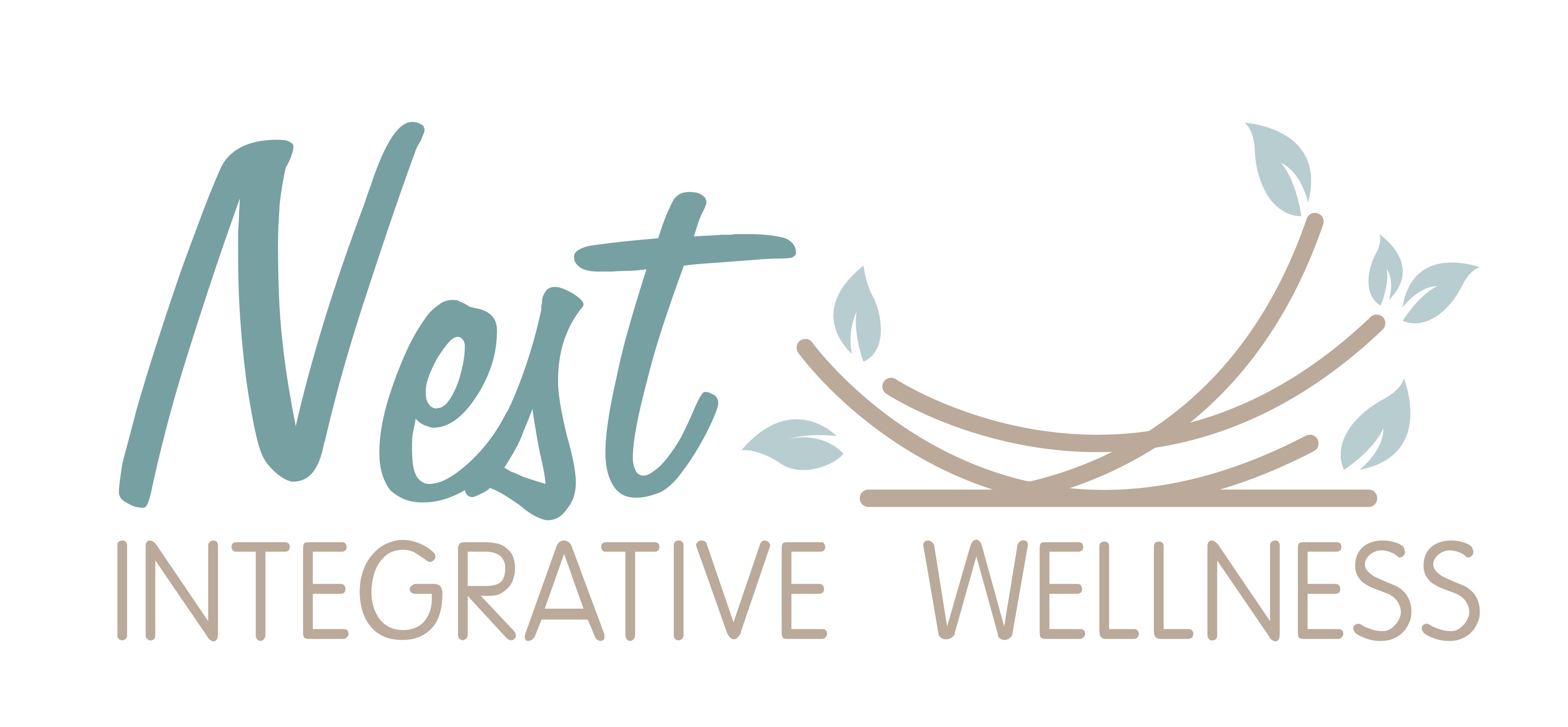Navigating Gestational Diabetes Through Exercise: A Comprehensive Guide
Written by Ingrid Garcia for Nest Integrative Wellness
Gestational diabetes is a condition that affects some women during their pregnancy journey. Unlike its counterpart, Type 1 diabetes, gestational diabetes isn’t a result of insufficient insulin production. Rather, it occurs when hormones produced by the placenta interfere with the body’s ability to use insulin effectively.
According to Diabetes Canada, approximately 5% to 10% of expectant mothers will experience gestational diabetes, typically between the 24th and 28th weeks of pregnancy. The good news? For the majority of women, this form of diabetes dissipates after childbirth.


Exercise: A Vital Component in Managing Gestational Diabetes
One of the most frequent questions I get from my clients is whether it’s safe to exercise while dealing with gestational diabetes. The answer is a resounding yes—provided your healthcare provider gives you the green light. Exercise can be a powerful tool in managing your blood sugar levels and body fat, both of which are crucial during pregnancy.
Benefits of Staying Active
- Prepares You for Childbirth: Exercise can help you stay in shape, making the birthing process easier.
- Regulates Blood Sugar: Physical activity helps in achieving target blood glucose levels.
- Enhances Sleep Quality: A good workout can improve your sleep.
- Boosts Overall Health: Exercise benefits both you and your baby, including reducing the risk of excessive fetal growth.
- Alleviates Physical Discomfort: It can minimize muscle and joint pain, such as lower back and hip pain.
- Stress Management: Physical activity is a natural stress reliever.
Recommended Exercises for Women with Gestational Diabetes
Strength Training
- Use light weights, aiming for 15-20 repetitions
- Take adequate rest breaks.
- Focus on your breathing—exhale when exerting force and inhale when relaxing.
- Maintain proper posture and form.
- Incorporate pelvic floor exercises and consider flexibility routines like Pilates (ensure your instructor is qualified in pre-and post-natal training).

Low-Impact Aerobic Exercises
- Walking
- Swimming
- Stationary Cycling
- Aquatic Exercises
- Low-Impact Aerobics
Safety Tips for Exercising with Gestational Diabetes
- Stay hydrated.
- Don’t exercise on an empty stomach.
- Be cautious with movements, as pregnancy hormones can relax your ligaments.
- Avoid standing or lying on your back for extended periods, especially in the third trimester.
- Monitor your blood glucose levels before, during, and after workouts.
- Include warm-up and cool-down sessions.
- Opt for loose, breathable clothing.
- Listen to your body—if something feels off, stop immediately.
- Consider hiring a Personal Trainer certified in pre-and post-natal fitness for a tailored exercise plan.

Nest Integrative Wellness offers both small group and one-on-one pre and post-natal personal training sessions. For more information, feel free to contact us.
By incorporating exercise into your routine, you’re not just taking steps to manage gestational diabetes; you’re also investing in the long-term health of both you and your baby.





